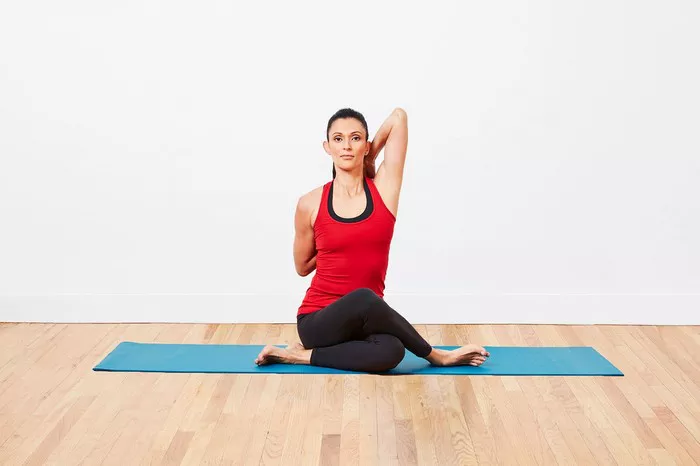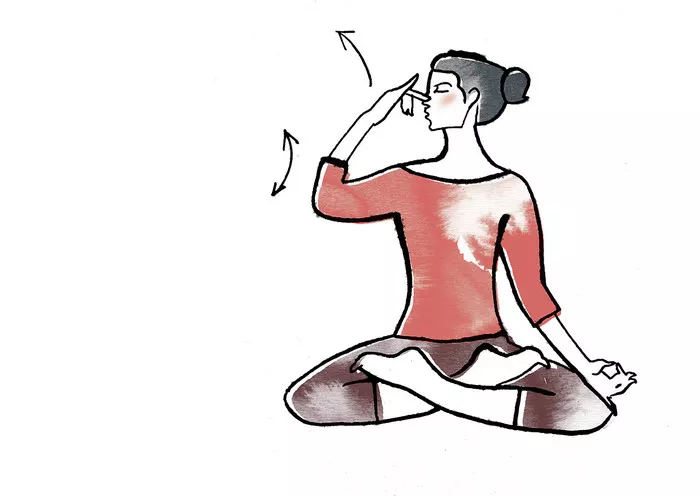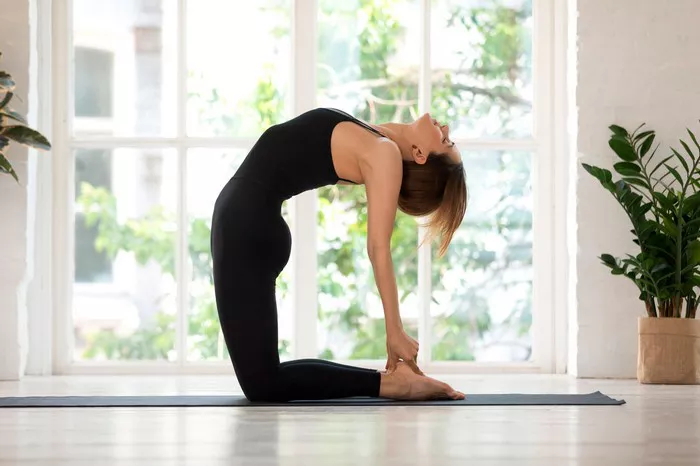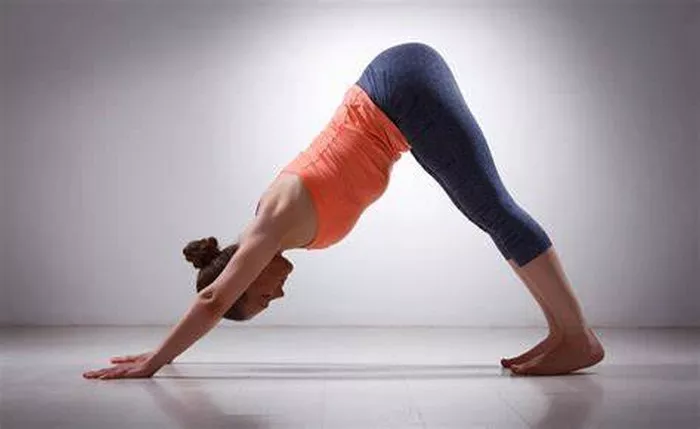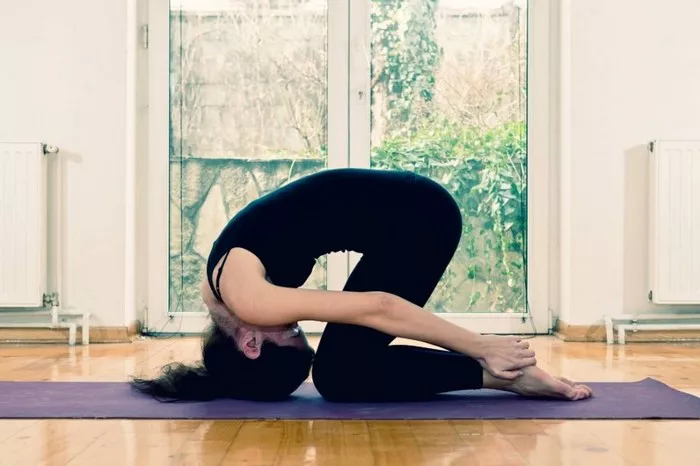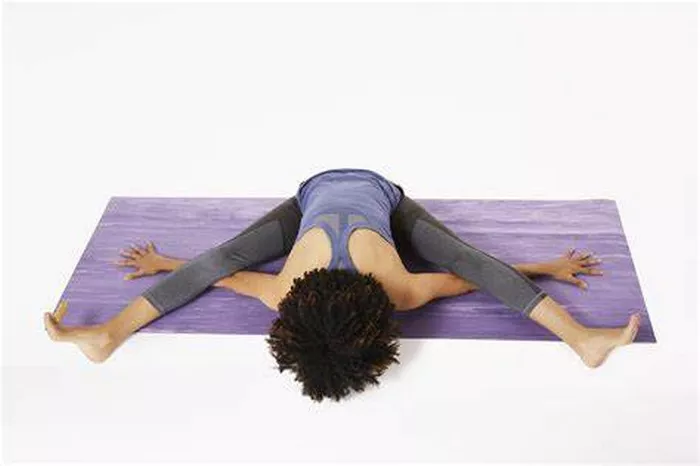Yoga is widely praised for its numerous physical, mental, and emotional benefits. However, like any physical activity, it may not always be suitable for every situation or stage of life. One such scenario where caution is essential is during menstruation. While many modern fitness ideologies promote the idea of pushing through all bodily discomfort, traditional yogic wisdom and contemporary medical observations both suggest that it may be wise to modify or avoid certain yoga practices during your period. Below, we explore seven compelling reasons why you might reconsider practicing yoga during menstruation.
1. Hormonal Imbalance and Energy Depletion
During menstruation, the body undergoes significant hormonal changes, primarily due to fluctuations in estrogen and progesterone levels. These hormonal shifts can result in fatigue, irritability, and emotional sensitivity. Performing yoga—especially intense forms like Vinyasa or Power Yoga—may exacerbate these symptoms by further draining energy reserves.
- Menstrual fatigue is a natural bodily response that signals the need for rest and recovery.
- Engaging in strenuous yoga can disrupt the body’s ability to regulate hormonal levels effectively.
- The risk of emotional burnout increases when physical demands are placed on an already sensitive system.
In essence, pushing through a yoga routine during menstruation can backfire by increasing exhaustion instead of providing relief. This period should ideally be spent focusing on restorative activities, allowing hormones to stabilize naturally.
2. Increased Risk of Injury Due to Lax Joints
Another physiological consequence of menstruation is the production of the hormone relaxin. While its primary role is to prepare the body for potential pregnancy, it also loosens ligaments and joints. This increased joint laxity can make you more susceptible to injuries during physical activities, including yoga.
- Relaxed ligaments offer less stability, making balance-focused poses risky.
- The likelihood of overstretching increases, particularly in poses that require flexibility.
- Injuries sustained during menstruation may take longer to heal due to reduced immune efficiency.
While some may feel more flexible during their period, this temporary flexibility is deceptive and potentially dangerous. Without proper joint support, even basic yoga poses can lead to strains, sprains, or long-term joint problems.
3. Disruption of Natural Menstrual Flow
One of the core teachings in traditional yoga philosophy is the alignment of physical practice with the natural rhythms of the body. During menstruation, this rhythm includes a downward flow of energy, often referred to as apana vayu in Ayurveda. Certain yoga poses and practices can counteract this flow, leading to uncomfortable or even harmful effects.
- Inverted poses such as Shoulder Stand (Sarvangasana) and Headstand (Sirsasana) go directly against the downward energy flow.
- Reversing this flow can result in uterine congestion, cramping, or irregularities in menstruation.
- Disruption of apana vayu is believed to lead to reproductive and hormonal imbalances over time.
While scientific evidence on this specific yogic theory is still limited, many practitioners and traditional schools advise against inverting or compressing the abdominal region during menstruation to respect the body’s natural processes.
4. Aggravation of Menstrual Symptoms
Many women experience a range of menstrual symptoms such as cramps, bloating, headaches, and lower back pain. Certain yoga practices, particularly those involving strong core engagement or compression of the pelvic area, can aggravate these symptoms instead of alleviating them.
- Twisting poses can increase abdominal pressure, intensifying cramps and discomfort.
- Forward bends may compress the uterus and bladder, leading to heightened sensitivity or pain.
- Heat generated from intense sequences can worsen inflammation and mood swings.
While gentle stretching and breathing exercises may offer relief, the wrong sequence can have the opposite effect. It’s important to differentiate between light, restorative yoga and a full session that places undue stress on an already inflamed body.
5. Mental and Emotional Sensitivity
Menstruation isn’t just a physical experience—it also profoundly affects mental and emotional states. Hormonal fluctuations can result in mood swings, irritability, and increased anxiety or sadness. Yoga is often considered a stress reliever, but pushing yourself through a session when your body is calling for rest may amplify these negative emotions.
- Failing to meet performance expectations can lower self-esteem and mood further.
- Group yoga sessions may create pressure to “keep up,” leading to stress.
- Emotional release during deep breathing or meditation can be overwhelming during a period.
Women may feel more introspective and emotionally raw during menstruation. Instead of engaging in structured yoga practice, which might not honor these emotional shifts, it could be more beneficial to spend time journaling, meditating, or simply resting.
6. Cultural and Traditional Guidelines
In many traditional yoga schools and ancient Ayurvedic texts, it is clearly stated that women should refrain from doing yoga during menstruation. These guidelines are not based on outdated beliefs but are rooted in the understanding of the body’s cyclical nature and the need for balance.
- Traditional Hatha Yoga schools recommend a pause from asana practice during menstruation.
- Ayurveda views menstruation as a time of detoxification that should be supported with rest.
- Ancient texts describe this time as sacred and emphasize inner reflection over physical exertion.
Although modern interpretations of yoga often prioritize physical fitness, it’s valuable to understand and respect the wisdom behind these traditional teachings. Their purpose is to align with, not fight against, the body’s natural tendencies.
7. Potential for Long-Term Reproductive Health Issues
Over time, consistently ignoring the body’s signals during menstruation can have consequences for reproductive health. While occasional yoga during menstruation may not cause immediate harm, repeated practice—especially involving inversions or strong abdominal engagement—can contribute to more serious conditions.
- Disruption of the menstrual cycle may occur with repeated stress on the uterus.
- Conditions like endometriosis or fibroids may be exacerbated by excessive physical activity.
- Chronic stress and strain on pelvic muscles may lead to hormonal imbalances.
Although more research is needed, many health professionals now recognize the importance of cycle-conscious movement. Adopting a more gentle approach during menstruation may help maintain long-term reproductive wellness.
When Yoga Can Be Helpful During Menstruation
While the primary focus of this article is on why you shouldn’t practice yoga during menstruation, it’s worth briefly acknowledging that not all yoga is created equal. Gentle, restorative yoga—if done mindfully and under proper guidance—can offer relief from certain menstrual symptoms.
Safe practices may include:
- Supta Baddha Konasana (Reclining Bound Angle Pose)
- Viparita Karani (Legs-Up-the-Wall Pose, not a full inversion)
- Balasana (Child’s Pose)
- Gentle pranayama like Anulom Vilom (alternate nostril breathing)
These types of practices focus on calming the nervous system rather than challenging the body physically. However, it’s essential to listen to your body and avoid anything that feels uncomfortable or forced.
Conclusion
While yoga is a powerful tool for health and well-being, it is not a one-size-fits-all solution—especially during menstruation. The reasons outlined above highlight how your body requires care, rest, and nourishment during this sensitive time. Ignoring these needs in favor of physical achievement can lead to short-term discomfort and long-term health complications.
Choosing to skip your yoga session during menstruation is not a sign of weakness or inconsistency, but rather a demonstration of self-awareness and respect for your body’s rhythms. You can always return to your practice with renewed energy and appreciation once your period ends.
In the end, yoga is not just about movement—it’s about harmony. And sometimes, harmony means knowing when to pause.
Related Topics:





